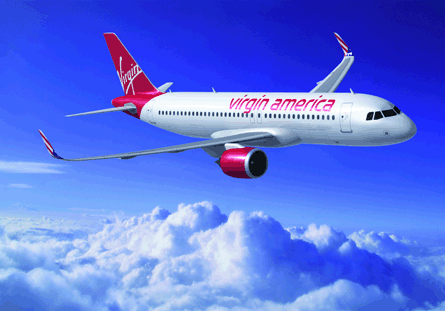Virgin America seriously looked at Bombardier’s CSeries before A320neo’s launch

Left with no options before a decision by Airbus to launch the A320neo, Virgin America seriously examined Bombardier's CSeries before becoming the A320neo launch customer.
Keep reading this article by becoming a FlightGlobal member now
PLEASE REGISTER FOR FREE OR SIGN IN TO CONTINUE READING

You have reached your limit of free articles for this period. Register for a FREE account to read this article and benefit from:
- Increased access to online news and in-depth articles from:
- FlightGlobal Premium covering the global aviation industry
- Airline Business providing insight for business leaders
- Weekly newsletters on topics across the industry
